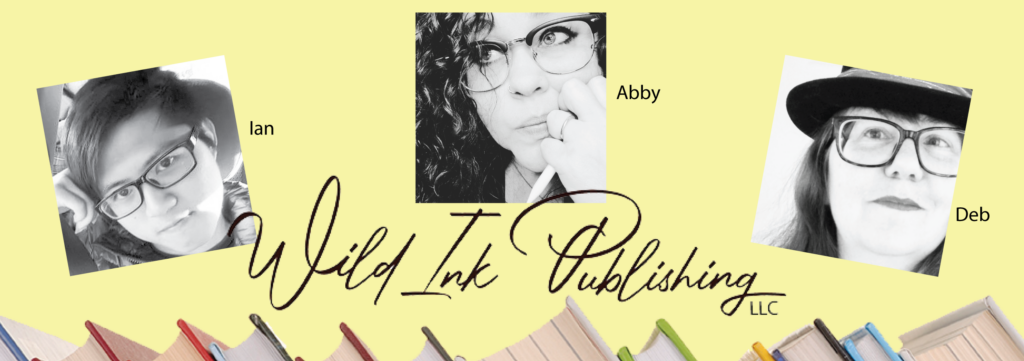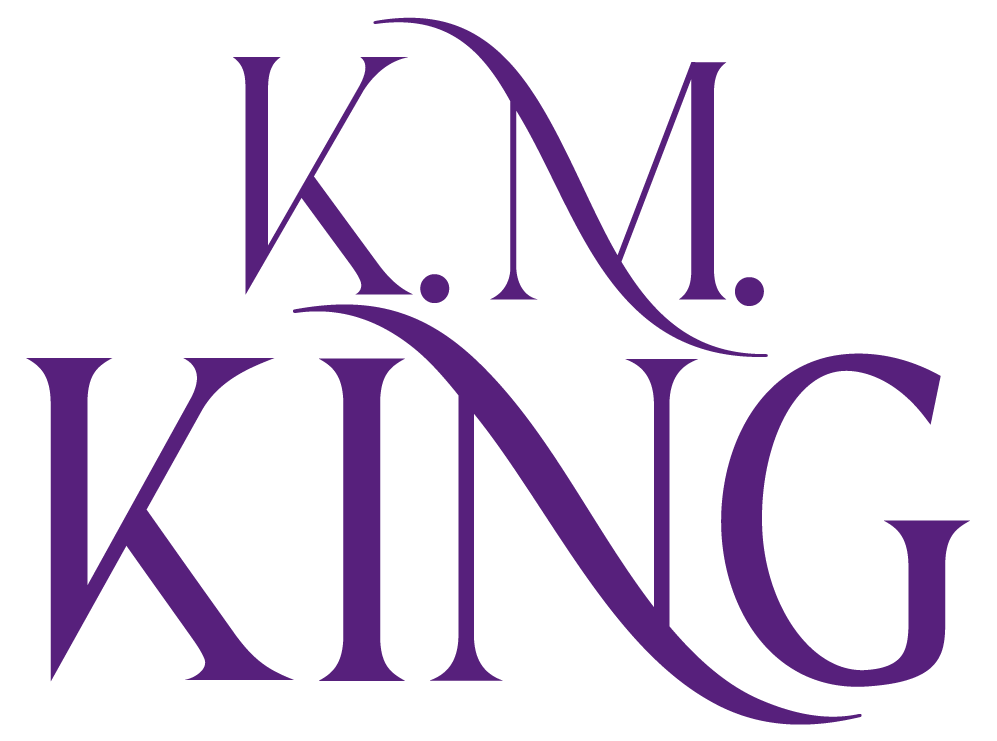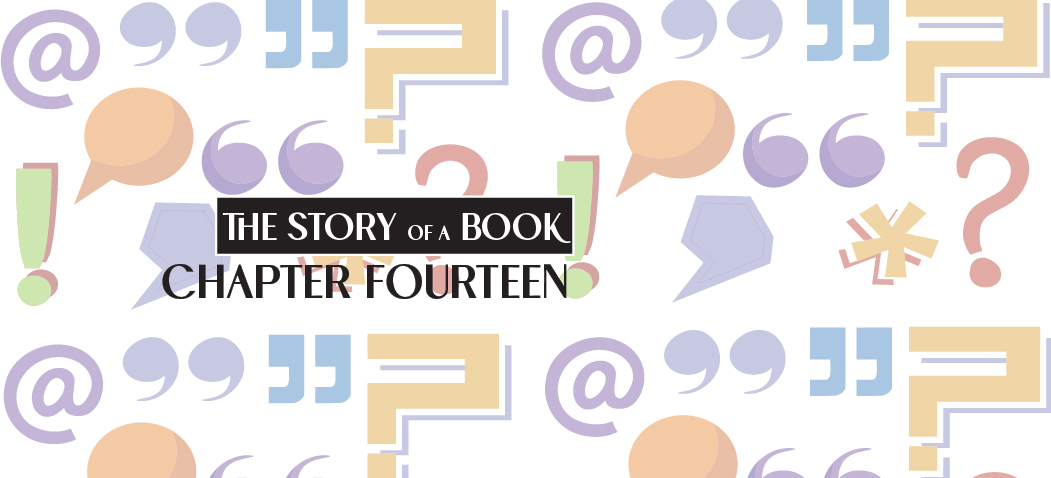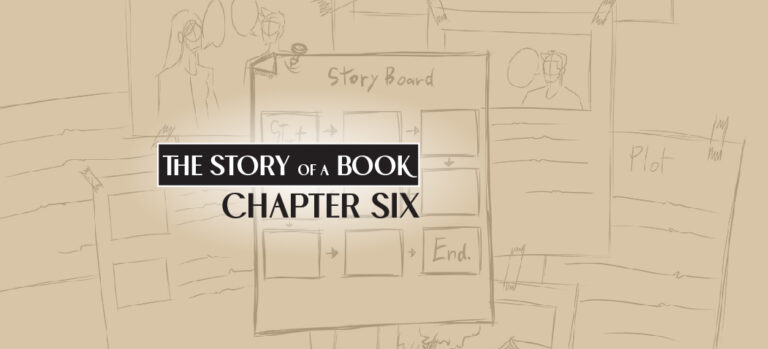The Bomber Jacket from First Page to Finally, Published!
Story Editing, Proofreading, and the Print Proof
As I said in Chapter 13, between October of 2023 through May of 2024, I worked on my website and had the thrill of my first-ever Cover Reveal. During those months I also spent time laying out details of a marketing plan which included lots of social media. I was becoming more comfortable with all of that thanks to the tutelage of my social media marketing consultant, Zoe Shay. Yes, that little girl we had taken to Scotland in 2011, who was now all grown up and doing freelance marketing work as she looked for a full-time job.
The other task I attended to was working with my assigned story editor. I was a bit nervous for two reasons. First, I knew my manuscript was really large—155,000 words, 497 double-spaced pages. A typical novel is between 70,000 and 100,000 words or between 250 and 350 manuscript pages.
The other reason was my editor, Ian Tan, was a young man in his late 20s. He had attended college in Pennsylvania, where he met my publisher, Abigail Wild, and went to work for her as an editor, a job you can pretty much do from anywhere in the world these days. His “anywhere in the world,” happened to be Malaysia, where his great-grandfather had moved the family from China in the 1940s. I was actually pleased that a young man was assigned as editor, as three of my main characters are men in their 20s, and I thought a young male editor would assure that I had gotten the male “voice” and perspective right.

On January 16, 2024, Ian sent me a seven-page Editorial Letter which laid out the story arc and plot, setting, pacing and style, and characters, concluding with editorial recommendations he wanted to address. It was immediately clear from my first read of that document that Ian completely understood my book, my characters’ motivations, the plot, and me, as a writer. I had struck gold in my editor!
His recommendations were right on target. Here is a summary of what he suggested:
- “The story tends to introduce certain information later than it could be”, and I needed to “mention enough [early on] to fill in the blanks for the reader,” such as with Beth’s mother and Beth’s lack of discussion with her grandparents about World War II experiences.
- “Sometimes two characters comment on the same scene or incident from their respective viewpoints, which is totally alright…but the second time around, perhaps we can adjust the wording to be more concise and economical.”
- “There is some tendency to redundant wording, which is a more minor issue but when they add up across the manuscript, they can make for an unnecessarily bulky word count.” (I responded to this comment by telling him my sister, the playwright, tells me I have a tendency “to wander around my paragraphs.”)
- “There’s also the occasional tendency to use passive voice instead of the more assertive active voice.”
- ‘While verbal dialogue is impeccable, true and unique to each character’s personality and the present context, sometimes there’s a need to add more corresponding body language here and there.”
He concluded with this comment: “You wove an impressively riveting mystery that kept your reader constantly stimulated with your Main Character’s progress and newly introduced information. The characters share their lives deeply and vulnerably, drawing the reader into supporting their success and happiness. The several reveals of the mystery brought much needed closure and rounded out an incredible story.”
Wow! I was so astounded and thrilled that my editor loved my story as much as I did. He proved to be a fabulous advocate of The Bomber Jacket not just during the editing process, but since then by promoting it on social media.
We spent an intense, exhausting, and delightful forty-some days honing the story. We did a lot of work around Robbie’s inner voice and struggle in his relationship with Beth, created a hybrid out of Chapters 12 and sections of Chapter 35, and eliminated a major section of chapter 31 (Naomi’s point of view on her marriage with Henry). Ian said he “found himself relating a lot to Robbie.”
When we started, I had feared we’d be slicing and dicing a lot of my lengthy manuscript to cut it down to size, but other than the work on chapters 31 and 35, we didn’t cut huge swaths of story. In some places we actually added descriptions, background or dialogue. On February 29, Leap Day, the story editing process was complete. Now the publisher could upload the manuscript on the program which formats it into a PDF that looks like the actual book.
So in mid-April, Abby and I started the next intense, exhausting process. Proofreading!
The first round involved me proofing the PDF. That was probably a week’s worth of my submitting edits on a Word chart to Abby, who made the changes, which I then needed to confirm. Here’s an example.

Once that round of proofreading was finished, Abby sent it to their proofreader, Deb Lerew. This thoroughly detailed, exacting, and keen-eyed professional sent 122 pages (about 12 edits per page) of edits on the PDF which I had thought I had done a good job of proofreading. There were some misspellings, spacing errors, consistency errors (names, times, events), missed quotation marks, etc., but probably 90% of the corrections were comma related.
It was a Comma Trauma Drama. I still am suffering from PCTDT (post-comma trauma drama trauma). It’s downright embarrassing for someone who’s been a writer in some aspect in almost every job she’s ever done (including being an English teacher for one year) to admit she and commas have never seen eye-to-eye. That process took several weeks of really intense work. This time I approved, rejected, or altered the changes and sent them to Abby. She made the corrections and send the PDF back to me. Then I reviewed the corrections to be sure they were correct; if any were missed or incorrect, I sent that information back to Abby, who made further corrections, returned them to me for verification.
I never want to see another comma for the rest of my life. PERIOD.
And in the midst of this process (all the manuscript to publication processes are intertwined and do not necessarily happen one at a time), I wrote my biography and the acknowledgements for The Bomber Jacket. I really agonized over how to thank all the people who supported me during all the years I worked on this book, as well as those who influenced the story itself. And then there were the staff of Wild Ink Publishing whose behind-the-scenes work I had come to admire and appreciate beyond words.
Then on July 13, I opened a large padded envelope that came in the mail.
It was the print proof of The Bomber Jacket. There it was. In my hands. Twenty years in the making. My first published novel.
Now it was time to gear up for August 20…the book launch day.







